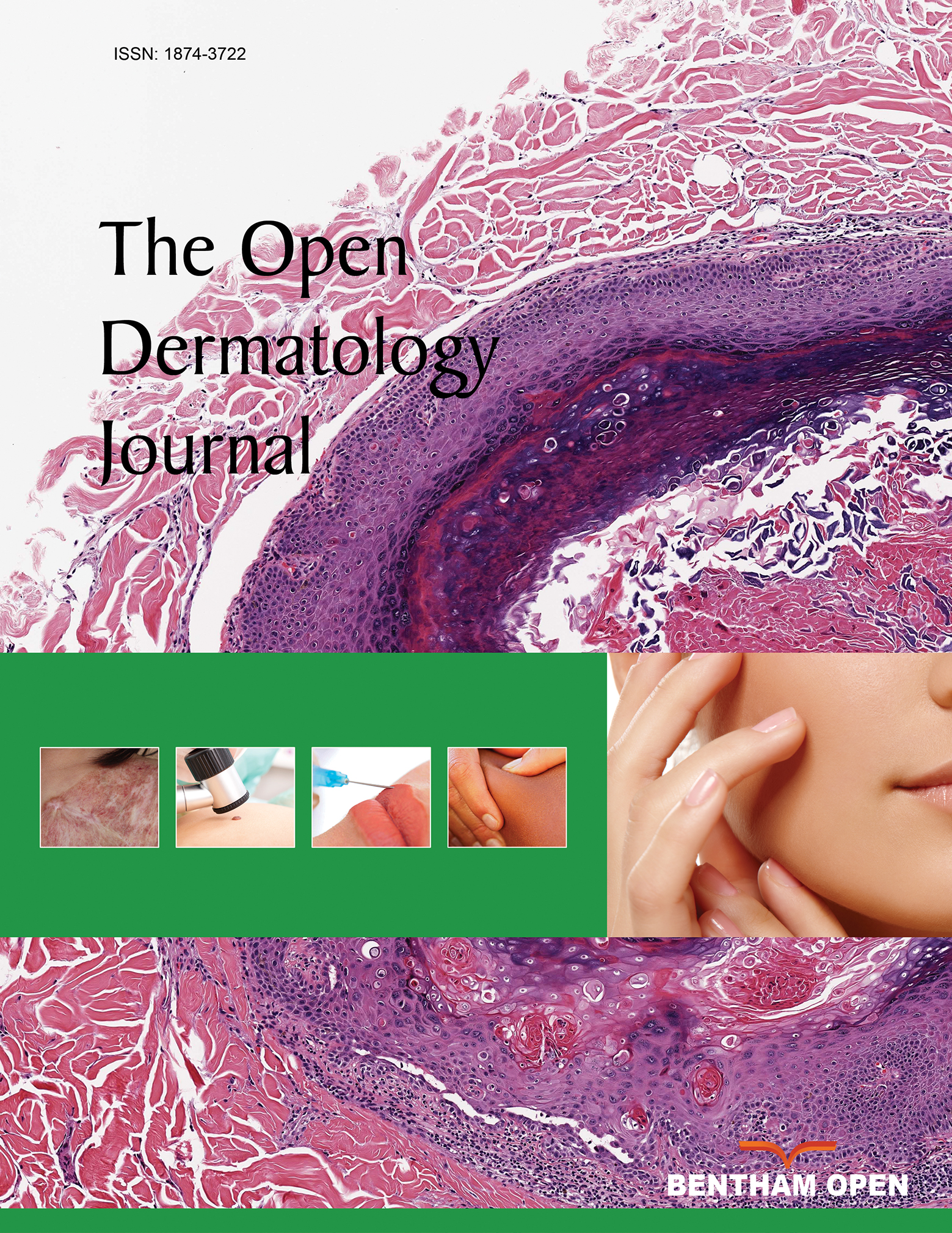All published articles of this journal are available on ScienceDirect.
Wound Healing Effects of Liposomal Nanocurcumin and PL Pro Nanocurcumin on Thermal Burn and Skin Ulcer
Abstract
Background
Burn injuries and skin ulcers are important health problems resulting in physical and psychological scars and chronic disabilities. This study investigated the wound-healing effects of liposomal nanocurcumin and PL pro nanocurcumin on thermal burns in rats and doxorubicin-induced skin ulcers in mice and their systemic toxicity.
Methods
Having subjected to a cylindrical hot steel rod onto the dorsum, burned lesions were covered topically with silver sulfadiazine/liposomal nanocurcumin/PL pro nanocurcumin twice a day for 21 days. Besides, the other skin lesions which were induced by a single intradermal injection of doxorubicin on the dorsal region were topically administered with dimethyl sulfoxide/liposomal nanocurcumin/PL pro nanocurcumin twice a day for 21 days.
Results
The results indicated that liposomal nanocurcumin and PL pro nanocurcumin significantly reduced the wound size, increased the hydroxyproline content in animals’ skin, and improved the histopathological structure of the affected tissues. Specifically, liposomal nanocurcumin demonstrated better healing results than PL pro nanocurcumin on thermal burns. Furthermore, topical administration of liposomal and PL pro nanocurcumin was deemed not to exert any systemic toxicity to the wounded animals by not influencing considerably the hematological parameters and renal and hepatic functions and altering the histology of the liver and kidney. Additionally, liposomal nanocurcumin and PL pro nanocurcumin with average sizes of 206 nm and 344 nm were well-dispersed in water, accentuating that the disadvantages of limited water solubility have been overcome.
Conclusion
Thus, liposomal nanocurcumin and PL pro nanocurcumin exerted effective effects on burned wounds and skin ulcers whilst triggering no systemic toxicity in wounded animals.


